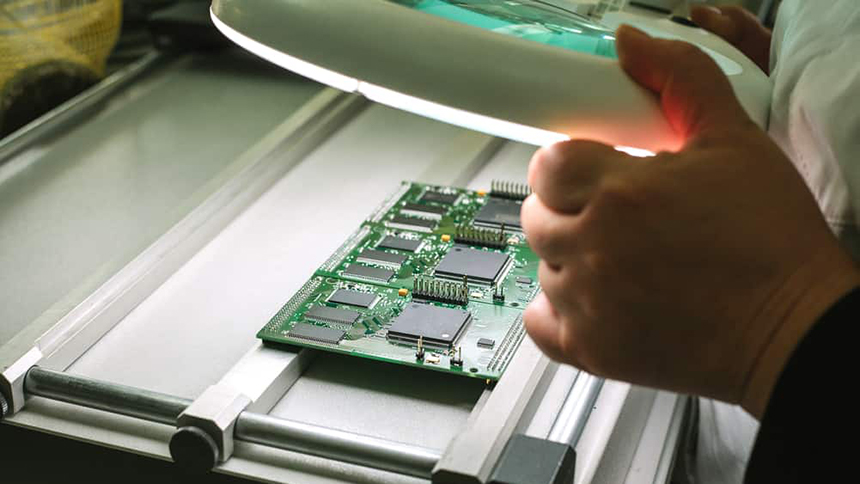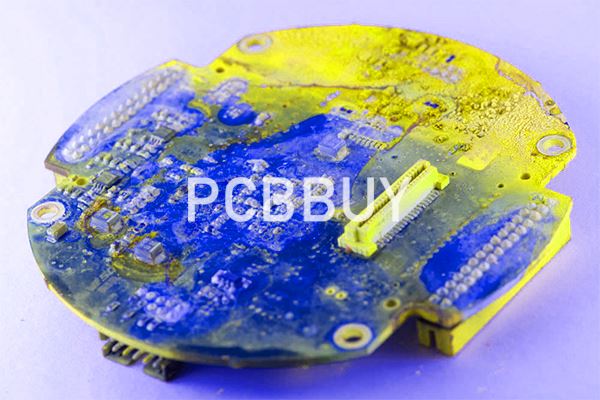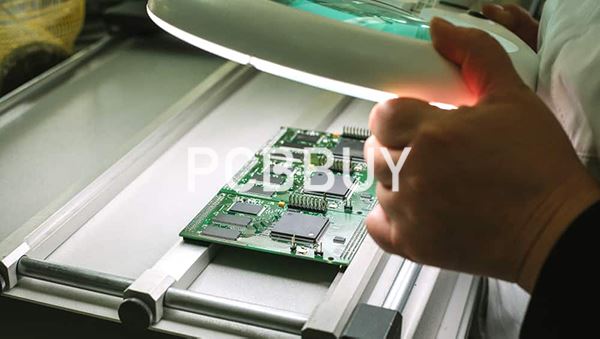What Is DFM in PCB Design for Beginners of PCB Industry?
By:PCBBUY 12/18/2021 10:50

In order to avoid all of these problems, PCB designers need to incorporate good DFM practices during their initial circuit board design. This will reduce the need for changes later on, and preserve the layout of sensitive circuitry that is fine-tuned for performance in the prototype. The first step in understanding DFM in circuit board design is to be aware of the manufacturing problems that can happen without them.
Are you a beginner of PCB industry? Are you going to learn more information about DFM in PCB? If you are searching for the professional knowledge of DFM in PCB, please check and read the content below in this passage.

What is the basic guideline of DFM in PCB?
Despite how important PCB DFM guidelines are, there are no generic guidelines that apply to every single type of PCB design. This means that designers must often use their best judgment concerning which guidelines to follow.
Most of the time, however, designers don’t have to guess, since there are some guidelines that work well for most PCB types. For example, a designer can be confident that a PCB with copper traces should be checked for disconnected traces and trace violations, regardless of that PCB’s application. On the other hand, high-speed digital PCBs have DFM guidelines that don’t apply to other PCB types. If a PCB manufacturer recommends following certain DFM guidelines, designers should be ready to perform those checks.
Why DFM in PCB is important?
Often design teams look at DFM as a “manufacturing problem” and something handled by their contract manufacturers or downstream partners. In fact, many manufacturers will perform DFM analysis prior to production to identify and fix issues. Where this process tends to fall apart is manufacturers often do not share any changes they made back to the design team and changes made are done without a full understanding of the design and its performance / electrical requirements.

The results can be devastating when a design team then sends what they think is the spec for the previously manufactured board off for a new rev, a new production line, or second source partner and soon realizes the PCB fails in some, most, or all of the finished devices. Performing your own analysis prior to the prototype could have detected those same issues and altered them in engineering, allowing you to incorporate the changes into the PCB design where they belong. Doing so would have lowered the cost, maintained design intent, and ensured follow-on builds also work correctly.
What is the software used for DFM in PCB?
With DFM software you can detect errors that would normally go undetected and result in the rework of the design, or a total scrap of the product. The most typical DFM issues that pass detection in the CAD system, but result in PCB failures when manufacturing are: Starved Thermals, Acid Traps, Slivers, Insufficient Annular Ring, along with a few others. Having capabilities such as fabrication analysis in your DFM software is vital in detecting these errors, which is one of the many features OrCAD DFM Checker supplies. OrCAD DFM Checker provides an all-inclusive, easy-to-use PCB Manufacturing analysis technology which identifies specific design issues that could have detrimental consequences on PCB fabrication. OrCAD DFM Checker caters to the DFM focused capabilities needed to reduce scrap, increase yield, and prevent costly time to market setbacks. A few capabilities are Rule-Set-Drive, PCB Assembly Analysis, Fabrication Analysis, Error Charting, and is also integrated within OrCAD PCB Editor.

What are the common issues of DFM in PCB?
Avoiding DFM issues is a better approach than letting it ruin your PCB design and then looking for a remedy. DFM needs smart moves from the designer’s side. It is solving problems before they appear. DFM issues can be due to:
Non-functional PCB design
Board functions but not as intended (within the specification). It happens due to component mismatch and timing errors in a PCB.
Random failure that does not reflect any connection with the possible situation
Keeping track of DFM rules and consistent DFM checks can help the designer to avoid the following DFM issues:
DFM issues due to acid traps
To define acid traps, we need to know how traces are laid on the PCB surface. If any copper feature is bending anywhere below 900 (acute angle), it may act as an acid trap during PCB fabrication. It happens before washing when residual acid gets collected in these trap areas and not cleared away. Due to these traps, the desired copper feature starts to erode (over-etching), creating an ‘open’ or lost connection. Avoiding acid traps is very important because today’s PCB traces are very thin, say 4 or 5 mils.
How to avoid acid traps? Refrain from laying the traces coming towards pads at acute angles. Keep it 45 or 90 degrees adjacent to the pad.
DFM issues due to copper/solder mask slivers on planes
Slivers are small free-floating wedges of copper (conductive) or solder mask (non-conductive) on the plane that redeposit to other copper pieces or expose copper and create shorts. And, if they are big enough to not float then they form an antenna, responsible for noise and other interferences within the board. Now, the question is, why do they create an antenna? Because they have no grounding hence act as a signal catcher.
Industry Category











